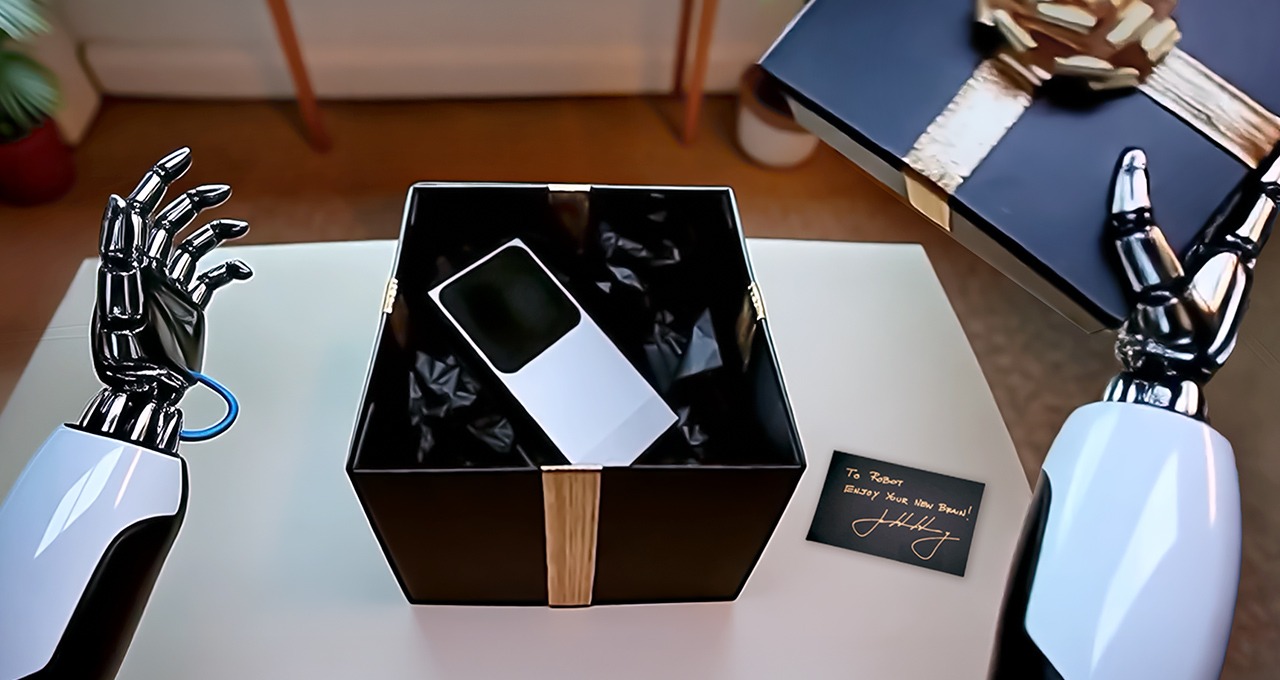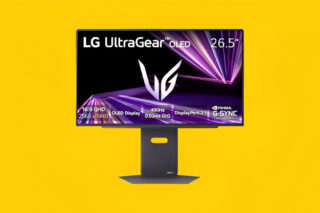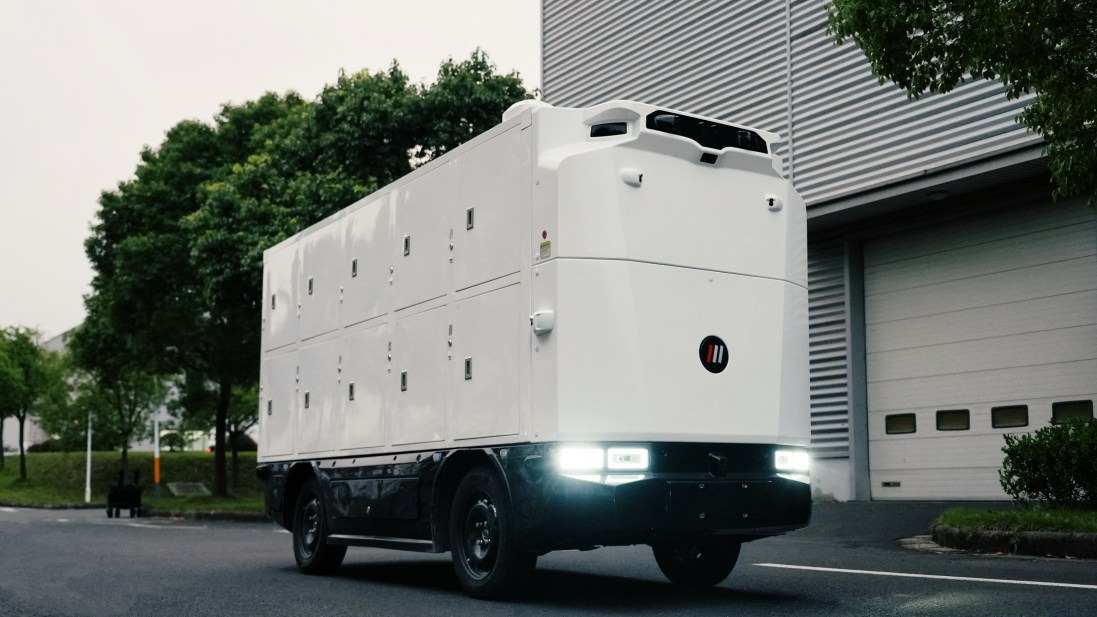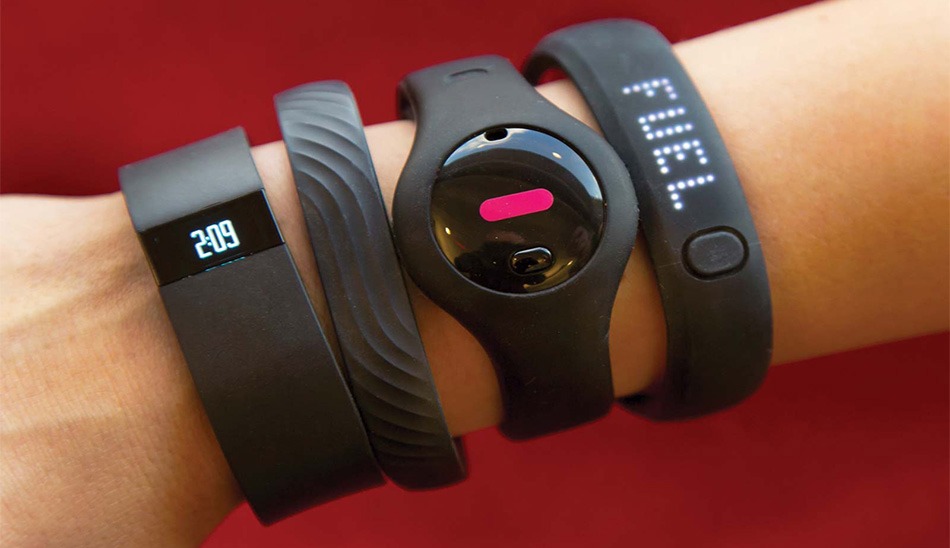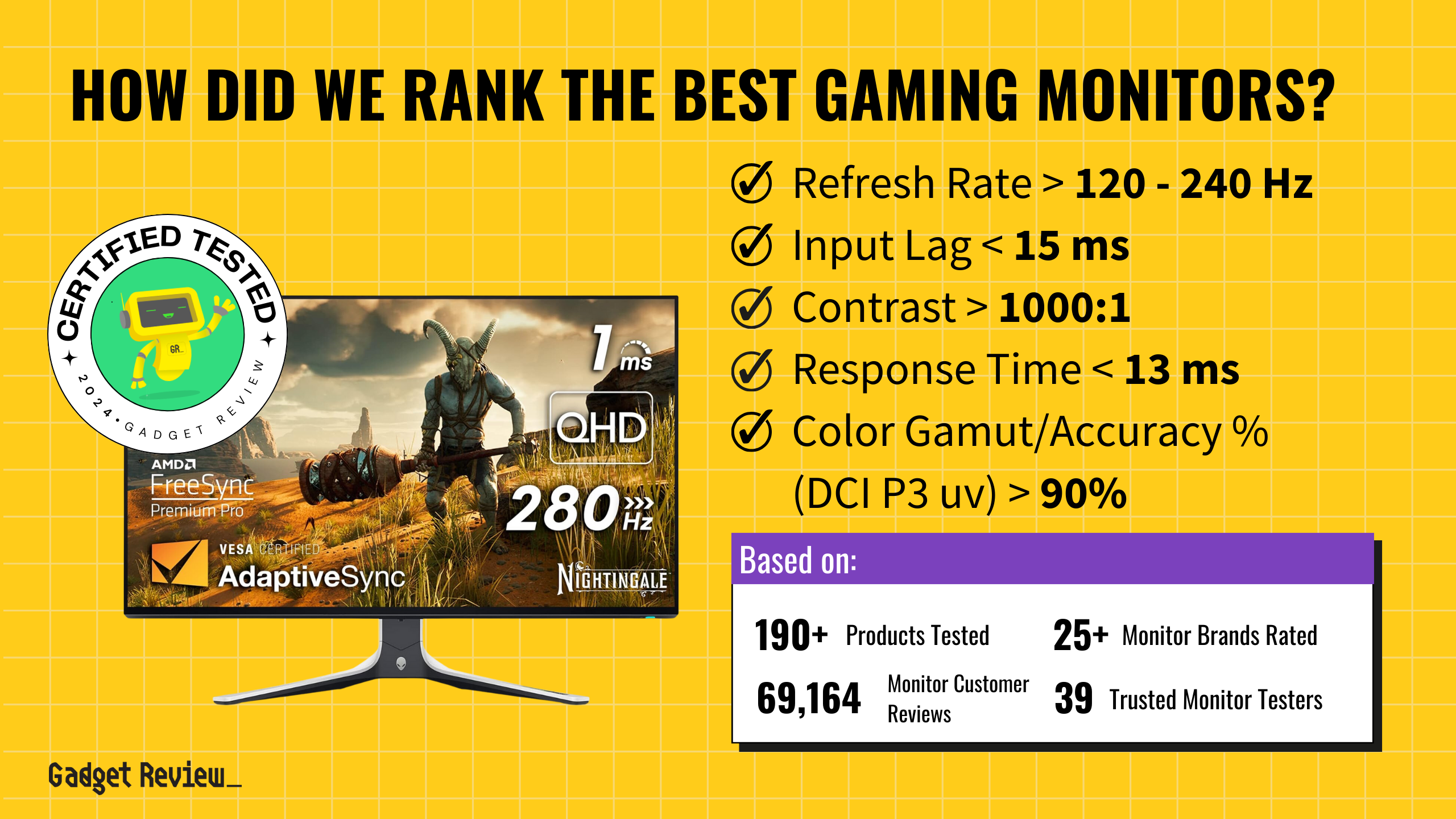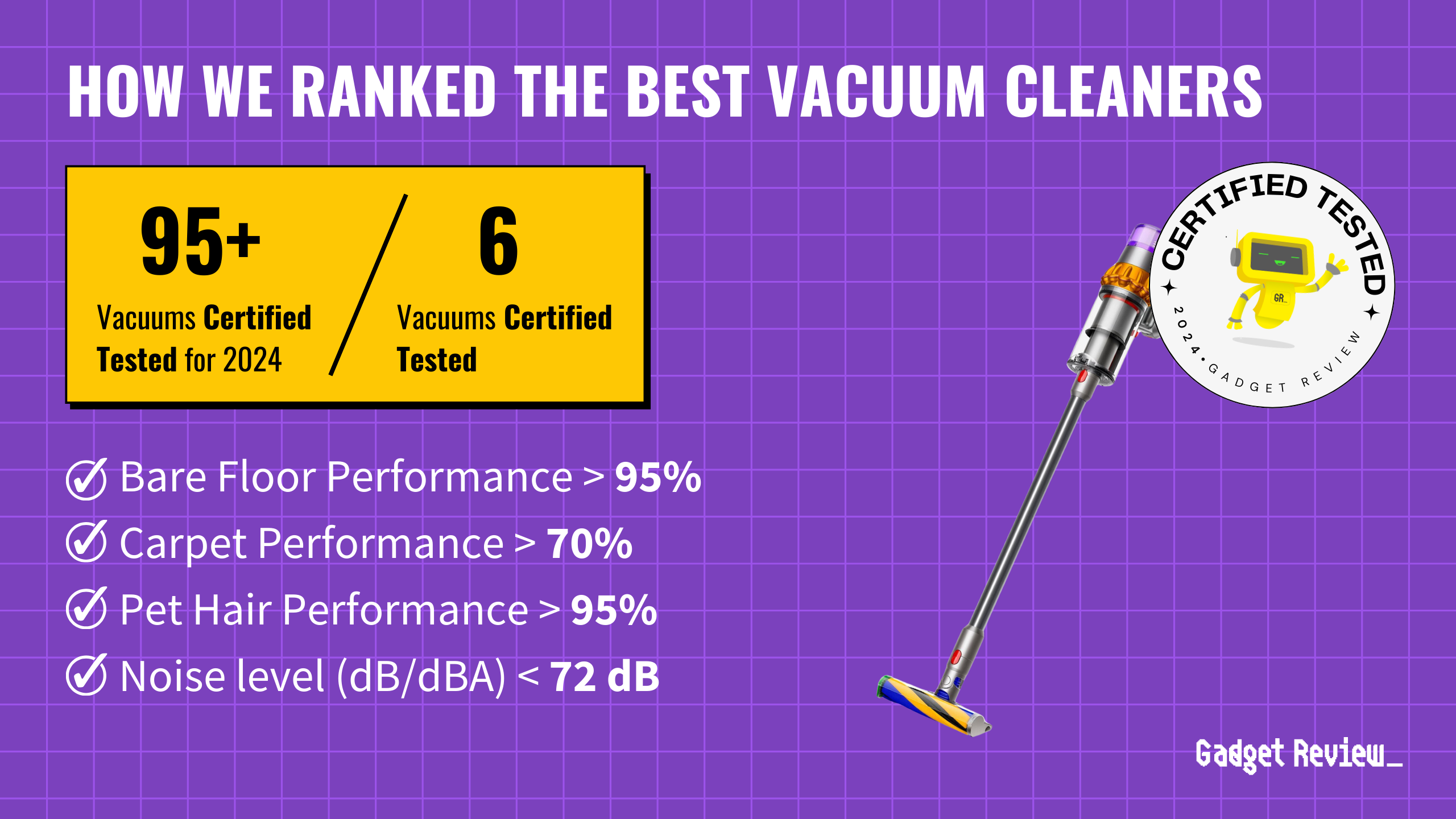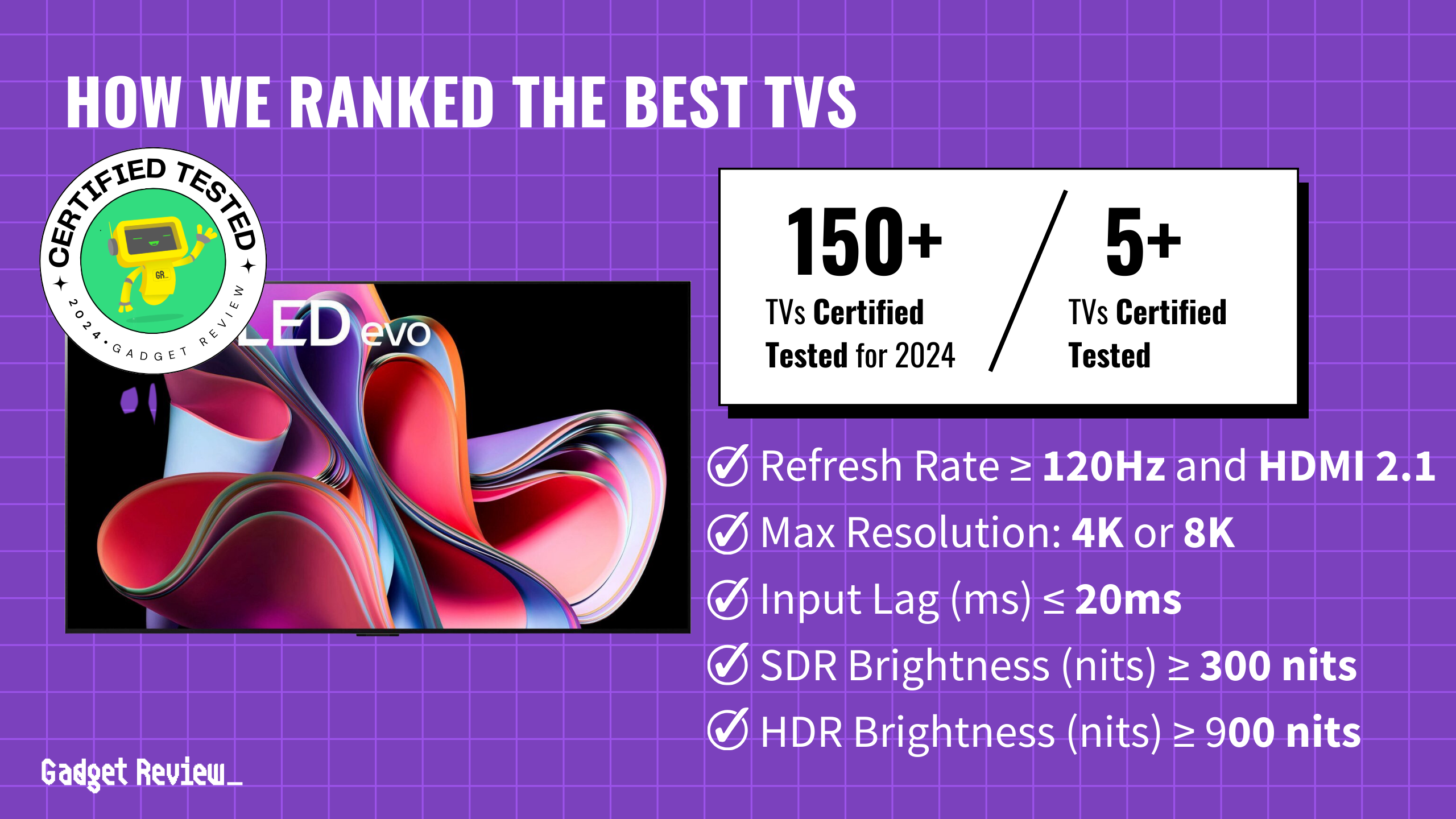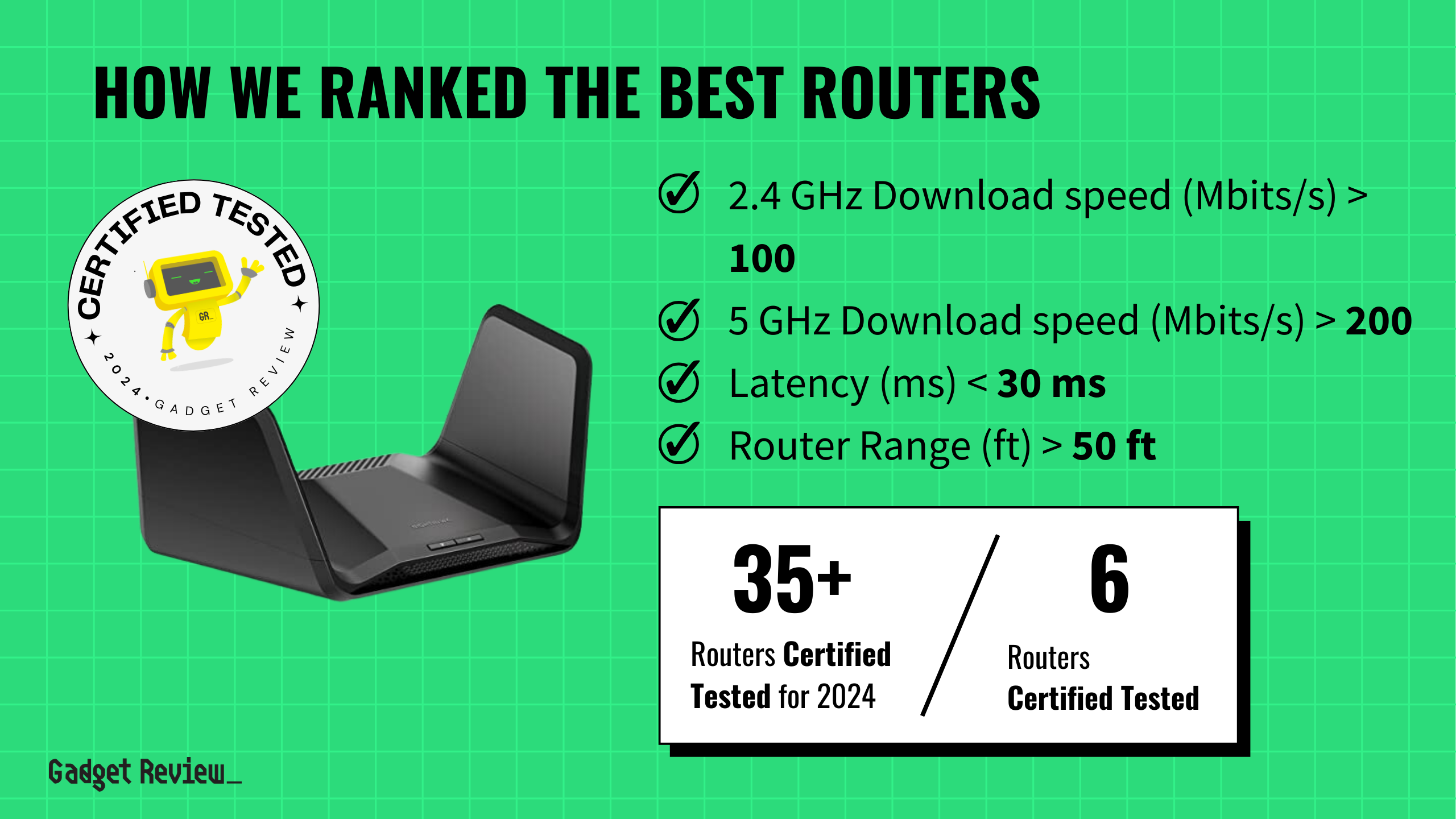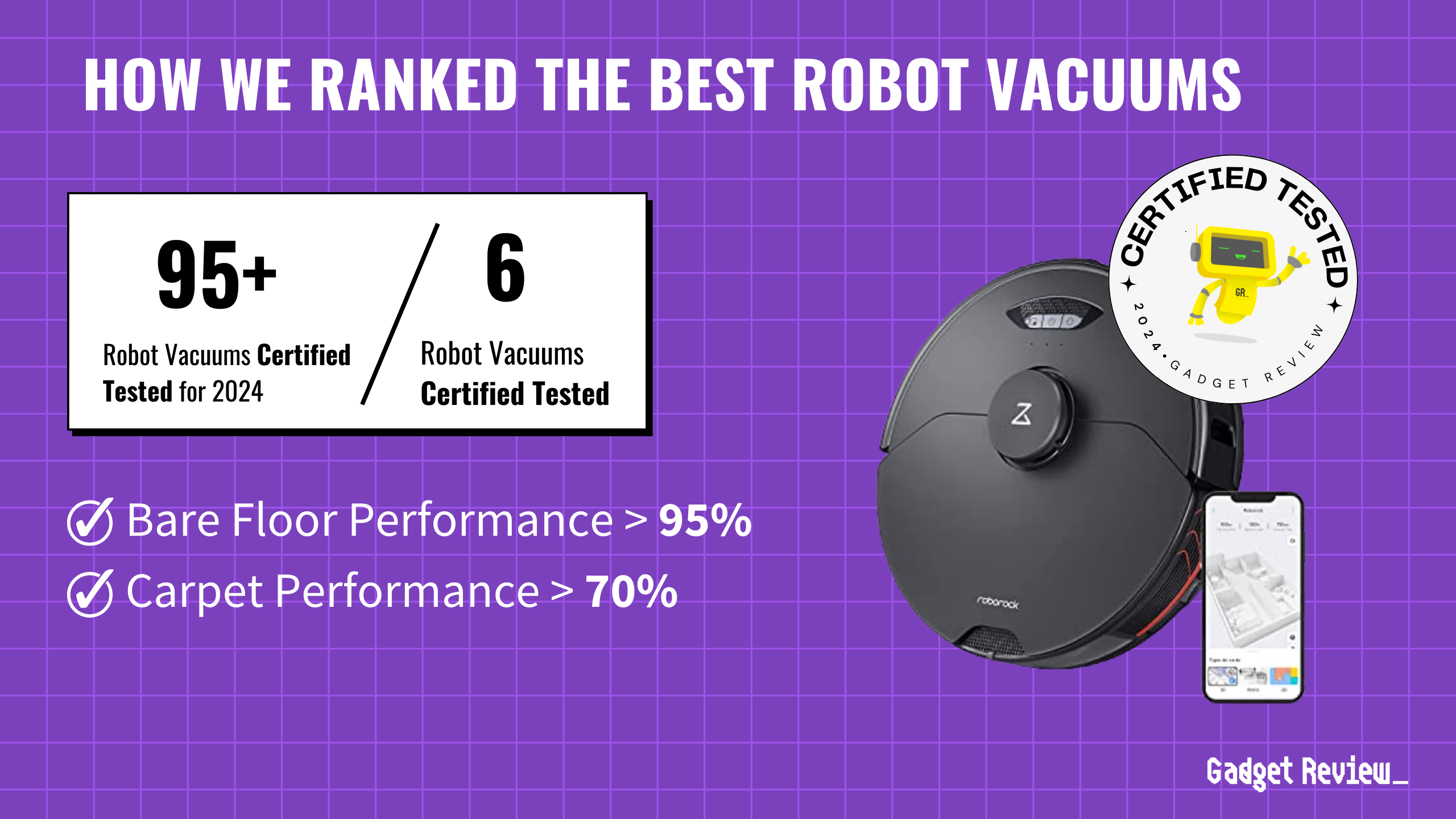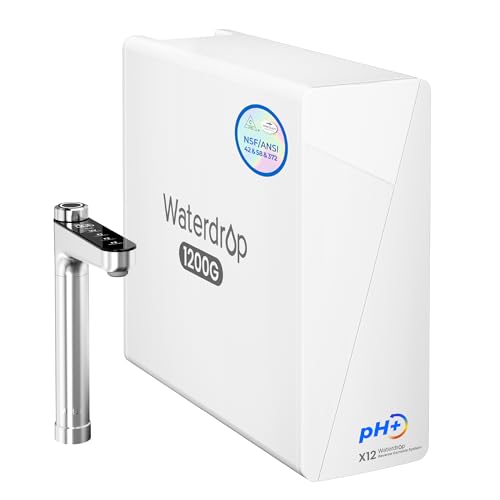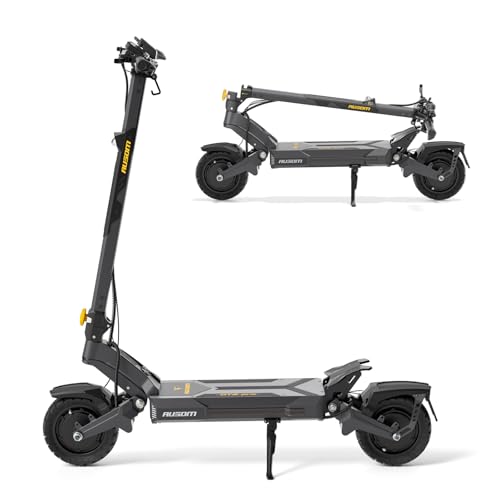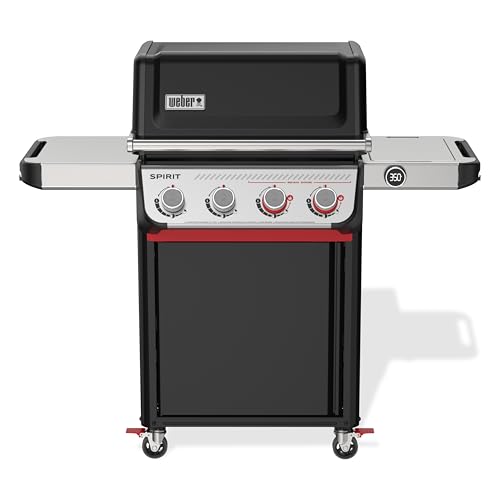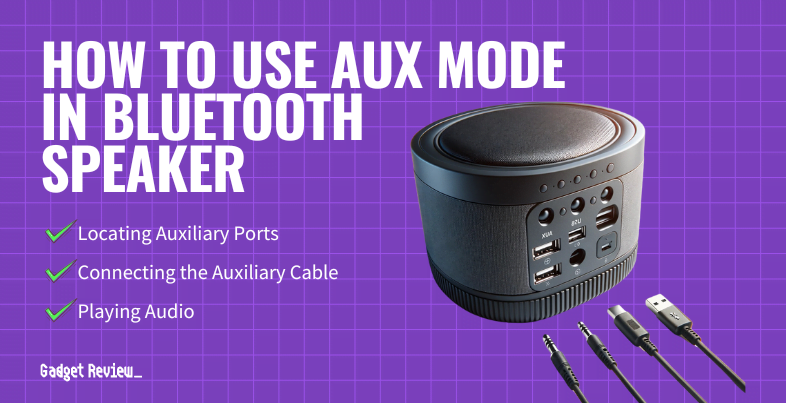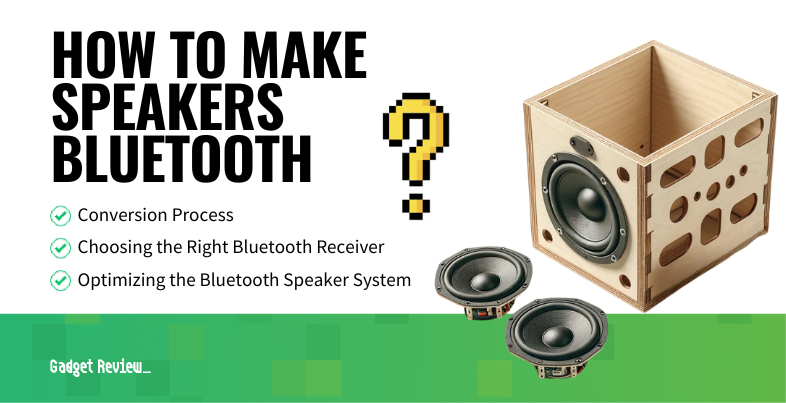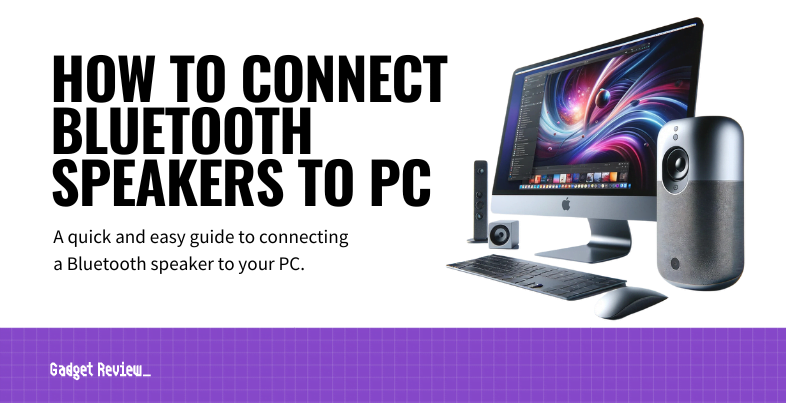Warehouse robots just got exponentially smarter. Nvidia’s new Jetson Thor platform delivers 2,070 TFLOPs of AI computing power—a staggering 7.5x increase over its predecessor—packed into the same module size for $3,499. This isn’t another incremental upgrade; it’s the computational breakthrough that transforms clunky experimental robots into the autonomous workers already deploying at Amazon facilities and Boston Dynamics labs.
Raw Performance That Redefines Robot Intelligence
Blackwell architecture and 128GB memory enable real-time decision-making for complex environments.
The Thor’s Blackwell GPU architecture houses 2,560 CUDA cores and 96 Tensor cores, supported by a 14-core ARM Neoverse processor and 128GB LPDDR5X memory. These aren’t just bigger numbers—they enable simultaneous processing of vision, language, and motion models that previously required cloud connectivity.
Your future robotic colleague won’t need to pause and “think” before navigating around you in a hallway. According to Nvidia’s technical specifications, it processes up to 32 camera feeds while understanding voice commands and planning movement paths in real-time. The trade-off? Power consumption jumps to 40-130W compared to the previous generation’s 15-60W, but that’s acceptable when the alternative is a robot that freezes every few seconds waiting for cloud responses.
Major Players Already Building Tomorrow’s Workforce
Amazon, Boston Dynamics, and Meta are deploying Thor-powered systems in real operations.
Amazon isn’t waiting for theoretical robotics—they’re integrating Thor into Agility Robotics’ sixth-generation Digit robots for warehouse operations. Boston Dynamics is launching a new Atlas variant powered by Thor hardware, while Meta explores applications in their reality labs. This isn’t the typical “everyone’s interested” press release fodder; these companies are spending real money on production deployments.
John Deere is implementing Thor for agricultural automation, and OpenAI is experimenting with AI agent development on the platform. When industry leaders with massive operational costs choose your platform over alternatives, the technology has crossed from promising to proven. The $2,999 bulk pricing for production modules makes sense for companies already spending millions on automation infrastructure.
The Automation Timeline Just Accelerated
Based on Thor’s multi-model inference capabilities, robots can now handle the unpredictable scenarios that previously required human intervention. Your workplace safety automation timeline just shifted from “someday” to “sooner than expected”—especially in logistics, manufacturing, and service industries where predictable environments meet economic pressure for efficiency.
However, the increased power requirements and premium pricing may limit deployment in energy-constrained environments, keeping some robotics applications tethered to specific operational contexts rather than enabling universal deployment.


